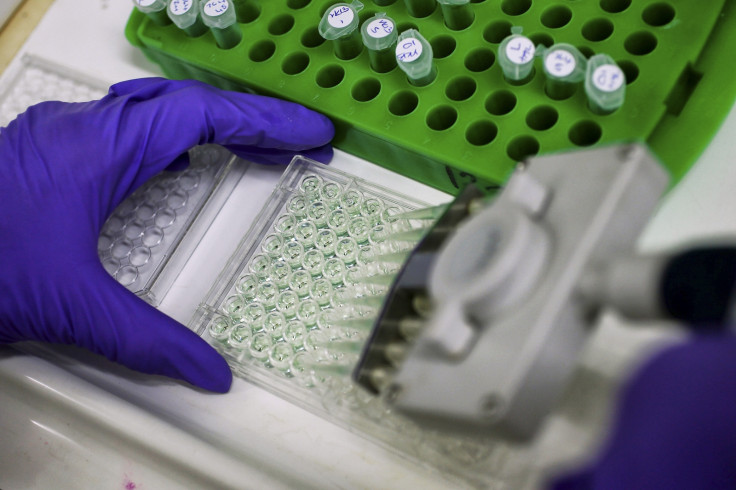Deadly bacterium that is potential bio-terror agent escapes from US research lab

Weeks of investigations have failed to provide an explanation of how a deadly bacterium, classified as a potential bio-terror agent, was released from a high-security research laboratory in the US last November.
The cause of the release and the extent of contamination remain unknown.
Authorities told USA Today there was no risk to the public following the safety breach at the Tulane National Primate Research Center in Louisiana.
The bacterium Burkholderia pseudomallei, found mostly in Southeast Asia and northern Australia, can spread to humans and animals through contact with contaminated soil and water.
It can cause a potentially serious disease in people and animals called melioidosis, with non-specific symptoms ranging from fever, headache, loss of appetite, muscle and joint pain, and infections are often mistaken for other diseases such as pneumonia or tuberculosis.
In Thailand, where the bacteria are endemic, the fatality rate for patients with melioidosis is up to 50%; in Australia it can be up to 20%.
Several countries have studied using the bacteria as a bioweapon because strains can be obtained from the environment and engineered to be resistant to multiple antibiotics.
The safety breach at Tulane's massive lab complex 35 miles north of New Orleans is the latest in a recent series of significant biosafety accidents at some of the top labs in the US, involving release of bio-terror agents like anthrax, smallpox and a deadly strain of avian influenza.
The research centre said in a recent press release that there "continues to be no known threat to the public".
Research centre director Andrew Lackner claimed tests of 39 soil and 13 water samples from the facility's grounds did not find the bacterium.
However, media investigations showed limited tests were done for the hard-to-detect bacterium.
The Centers for Disease Control and Prevention, which is leading the investigation of the laboratory breach because the bacterium is classified as a potential bioterror agent, said its investigation is ongoing and that at this time "there is no known public health threat".
The research aimed at a vaccine against the bacteria has since been halted. So also all other research on pathogens classified as "select agents".
"The fact that they can't identify how this release occurred is very concerning," said Richard Ebright, a biosafety expert from Rutgers University in New Jersey.
The secure biosafety level 3 (BSL-3) laboratory has multiple layers of safety equipment that are supposed to ensure the pathogen cannot get out.
Macaques exposed
Yet at least four monkey-like rhesus macaques — that were never used in the experiments and were kept in large outdoor cages in another part of the 500-acre facility — have been exposed to the bacteria, initial tests have found. Two had to be euthanised.
The primates are believed to have been infected at the veterinary hospital. The area was decontaminated before the investigations began.
A federal investigator, who became ill 24 hours after visiting the facility in January as part of the ongoing release investigation, has also tested positive for exposure to the bacteria.
But officials at the lab claim the investigator could have picked the infection during frequent travel to undisclosed destinations.
How the pathogen got out of such a highly secure lab has not been ascertained. Sloppy biosafety practices resulting in pathogens being carried out of labs on shoes, coats, gloves, hands or other materials that were not properly sterilised before being removed could be an explanation.
The centre is located in Covington, about 50 miles (80 km) north of New Orleans.
© Copyright IBTimes 2025. All rights reserved.





















